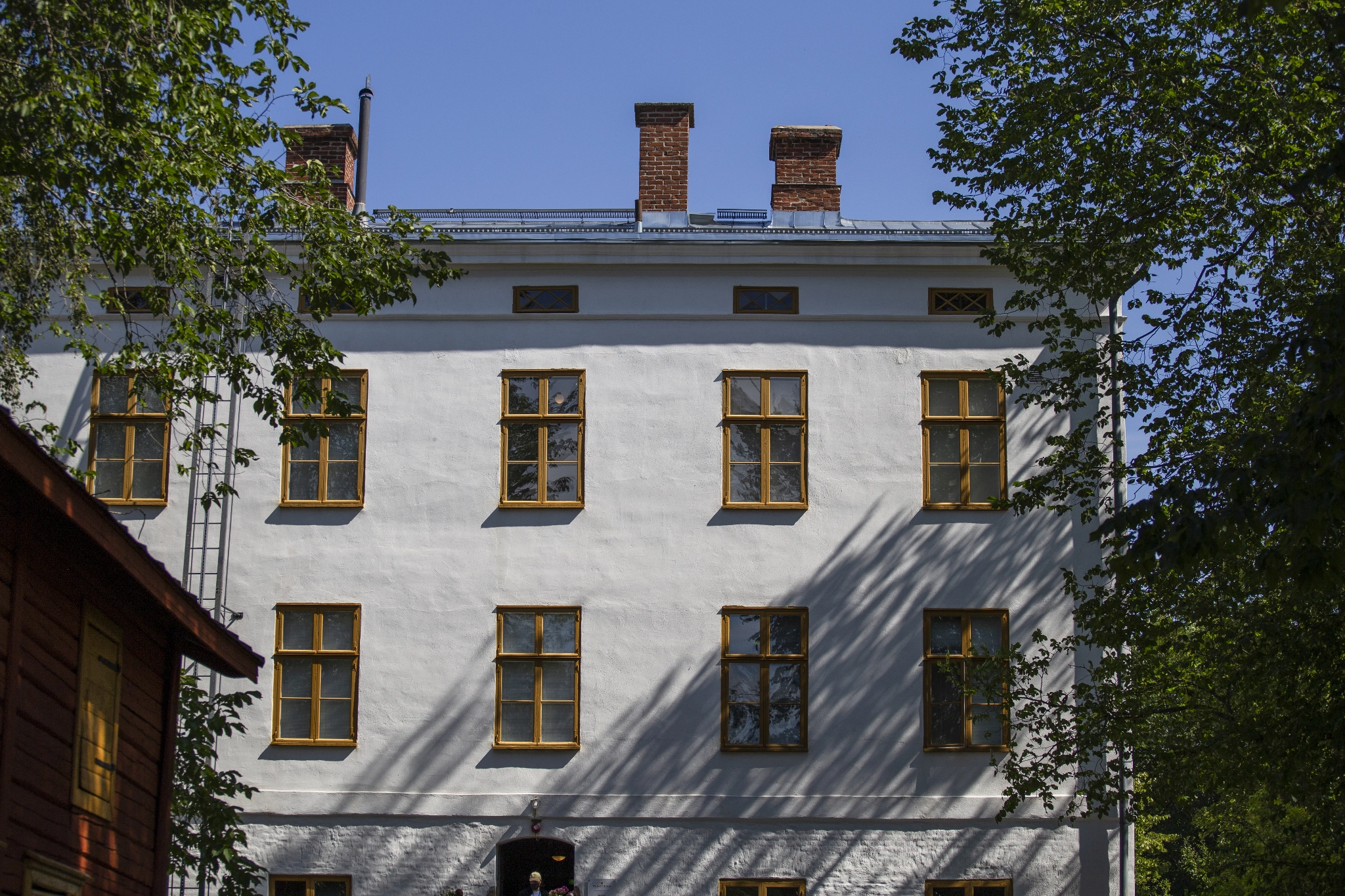
Old Vaasa

Old Vaasa
Old Vaasa (Finnish Vanha Vaasa, Swedish Gamla Vasa), is situated approximately 7 km southeast of Vaasa city centre and is classified as a valuable landscape area of national significance. Vanha Vaasa is an area with much to offer, embodying sights and attractions reflecting culture, ancient history, settlement and natural beauty.
The history of Vaasa can be traced to the early 14th century when sailors from Norrland landed on a forested island at the site of Old Vaasa. In the 1370’s Korsholm Castle was already being built on the spot. After the last ice age the land has been continuously rising in these parts of Finland. At the time Korsholm Castle was built, the area between Old Vaasa and the present town was under water and the coastline was further inland compared to the current one. Even as late as about 200 years ago ships sailed to Vaasa along the channel that now, almost filled in, meanders across fields.
On a hot August morning in 1852 a disastrous fire broke out in Vaasa. The houses had either thatch or bark roofs and buildings were separated only by narrow gaps. By nightfall the flourishing town had turned into smoking ruins.
Vaasa was rebuilt some seven kilometers closer to the coast. The relocation provided better prospects for trade and a better harbour as well as a safer and more modern town plan. The legal town status of Vaasa was moved to new Vaasa in 1862. By the 1880’s, the construction of the Vaasa railroad had begun and a station building was erected in Old Vaasa. However, the area did not begin repopulating until the 1920’s.

